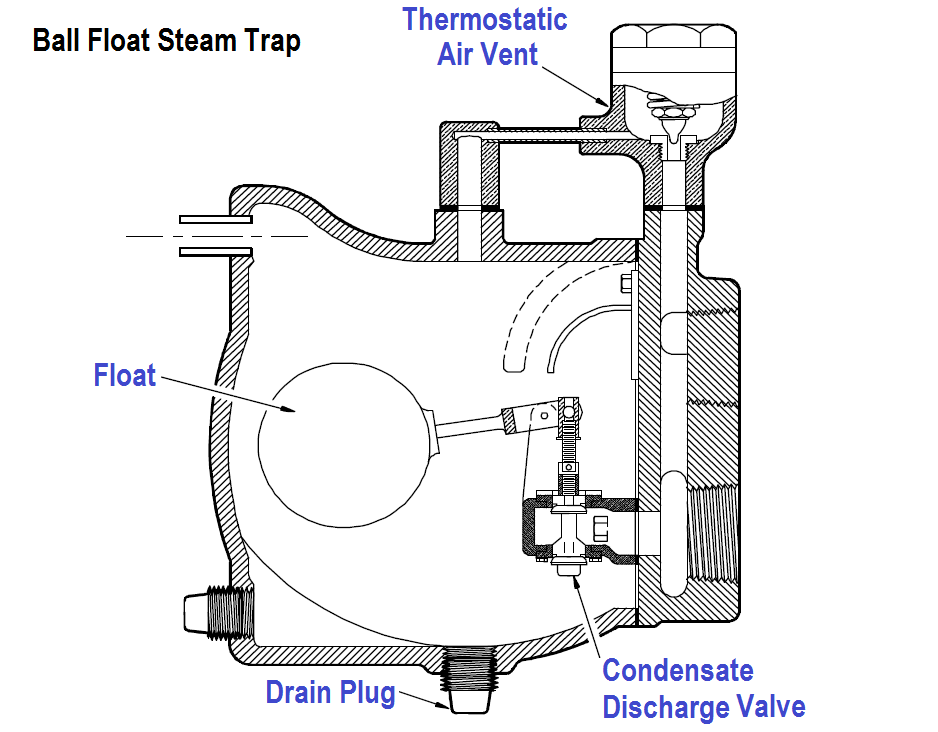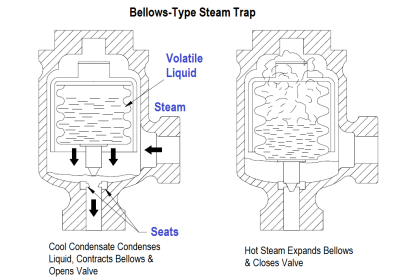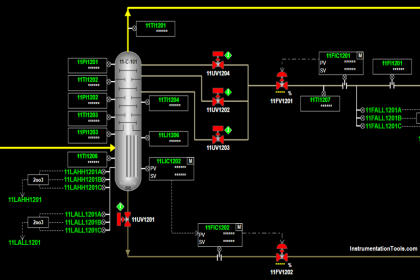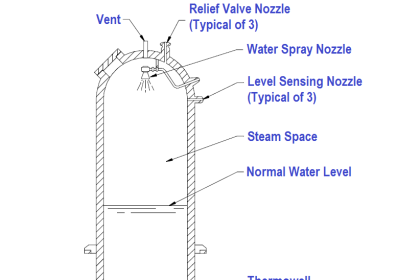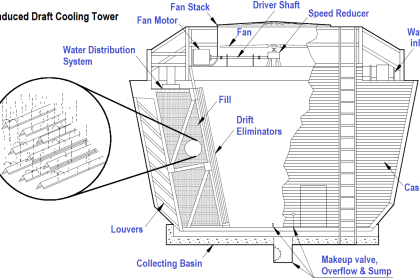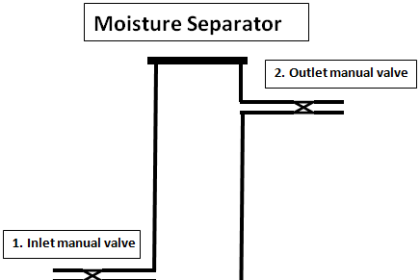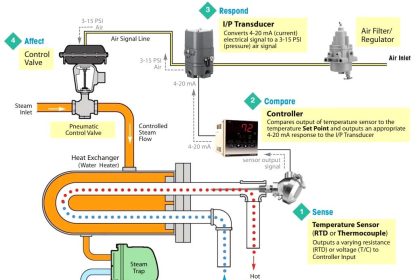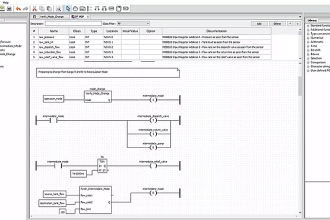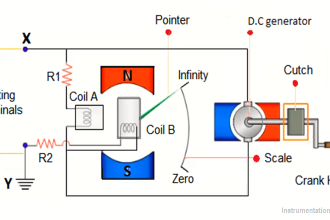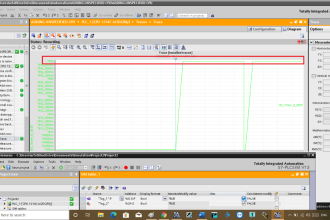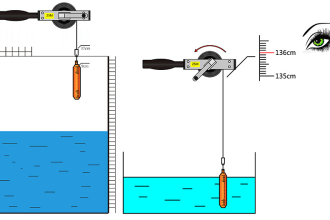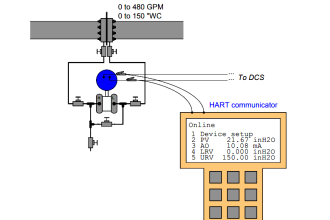In general, a steam trap consists of a valve and a device or arrangement that causes the valve to open and close as necessary to drain the condensate from piping without allowing the escape of steam. Steam traps are installed at low points in the system or machinery to be drained.
Ball Float Steam Trap
Figure : Ball Float Steam Trap
A ball float steam trap is illustrated in Figure. The valve of this trap is connected to the float in such a way that the valve opens when the float rises. When the trap is in operation, the steam and any water that may be mixed with it flows into the float chamber. The water, being heavier than the steam, falls to the bottom of the trap, causing the water level to rise.
As the water level rises, it lifts the float; thus lifting the valve plug and opening the valve. The condensate drains out and the float moves down to a lower position, closing the valve before the condensate level gets low enough to allow steam to escape. The condensate that passes out of the trap is returned to the feed system.
